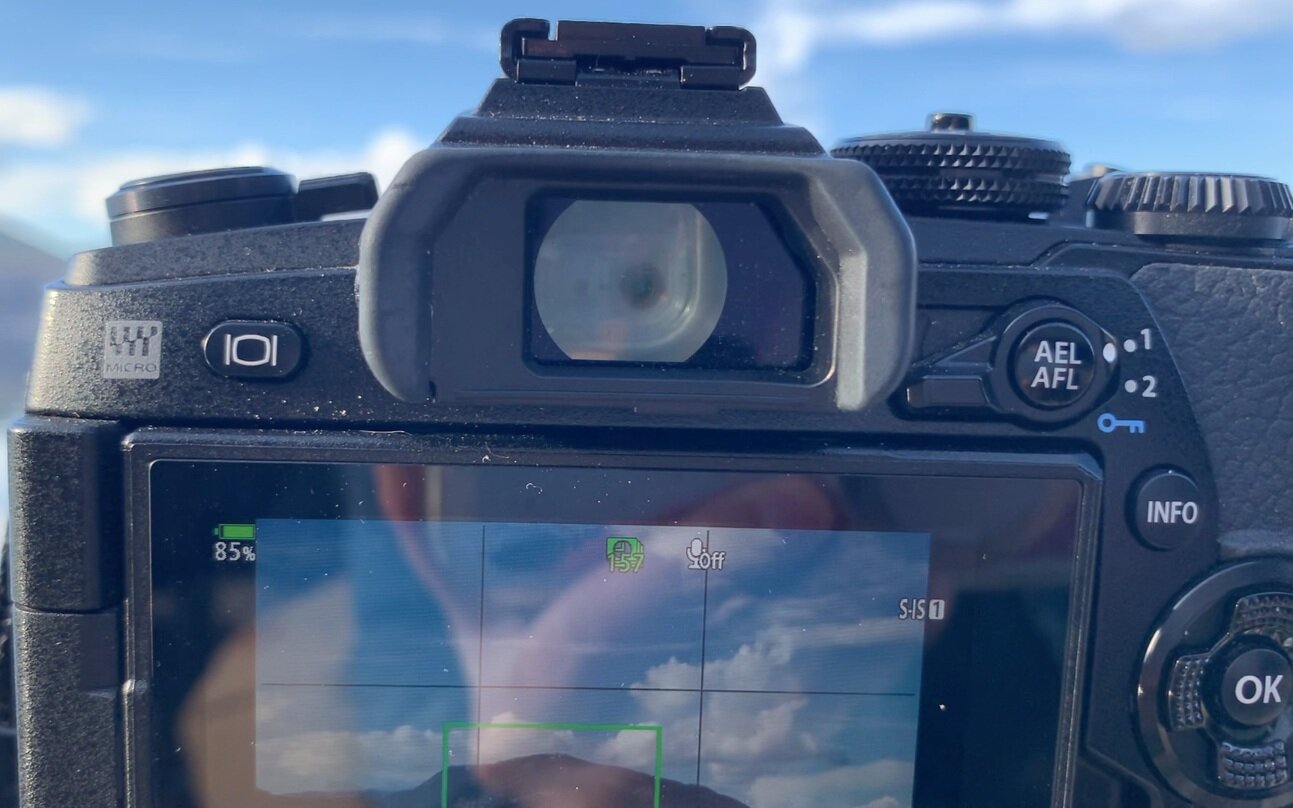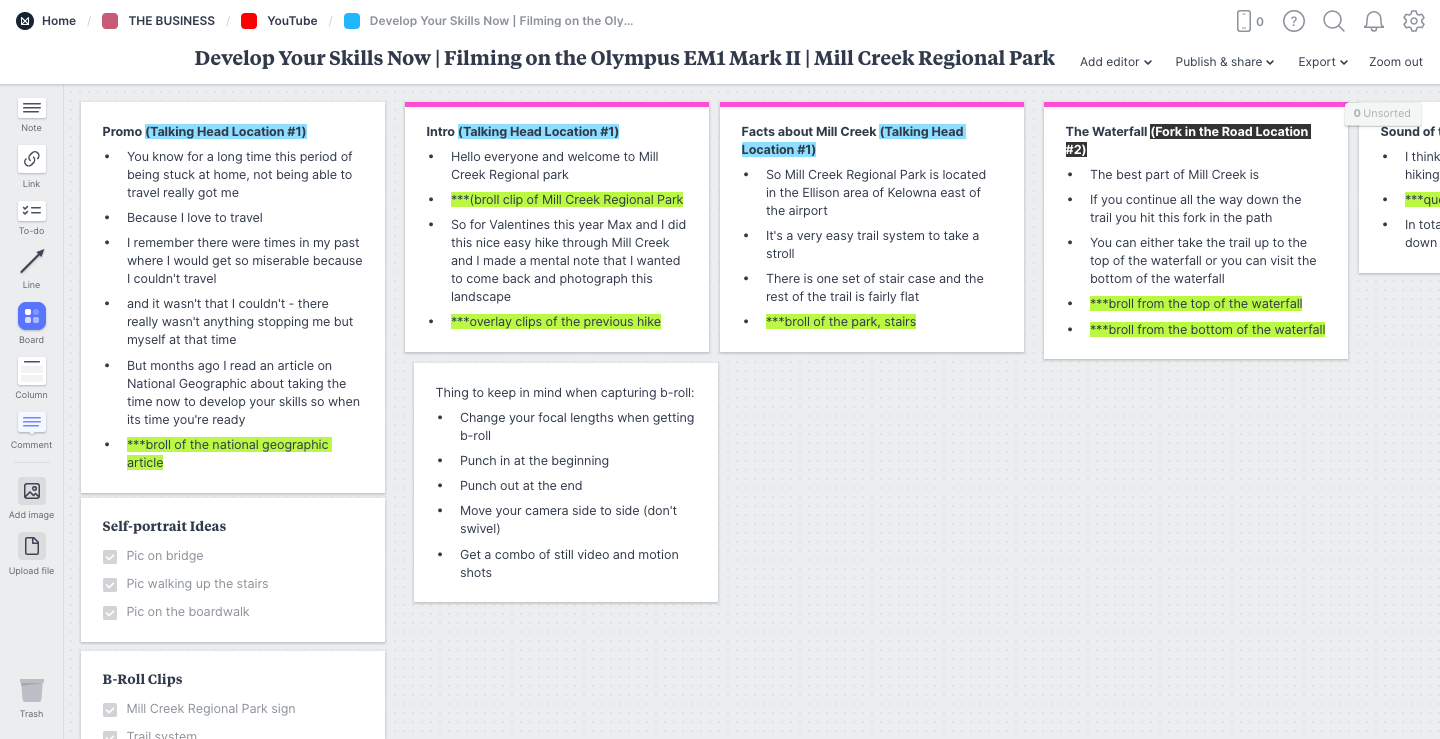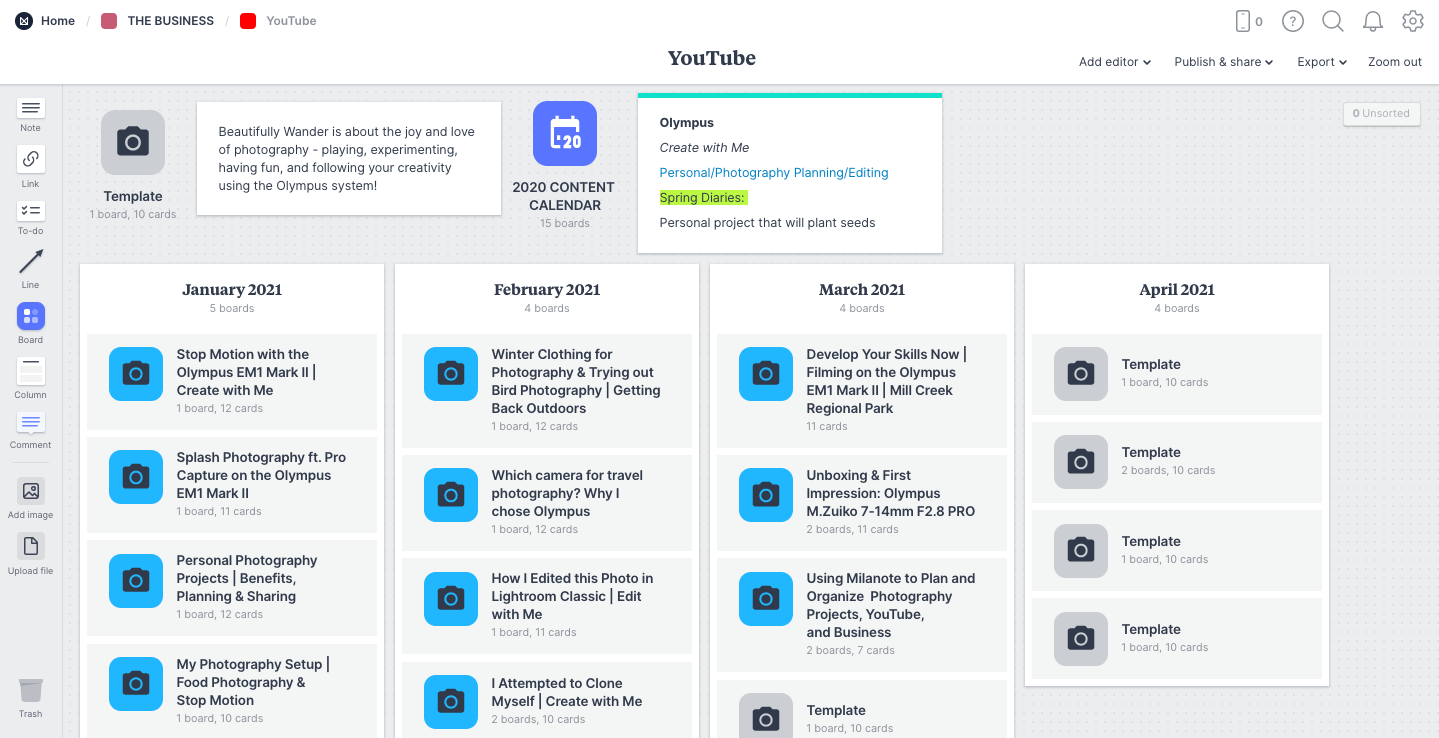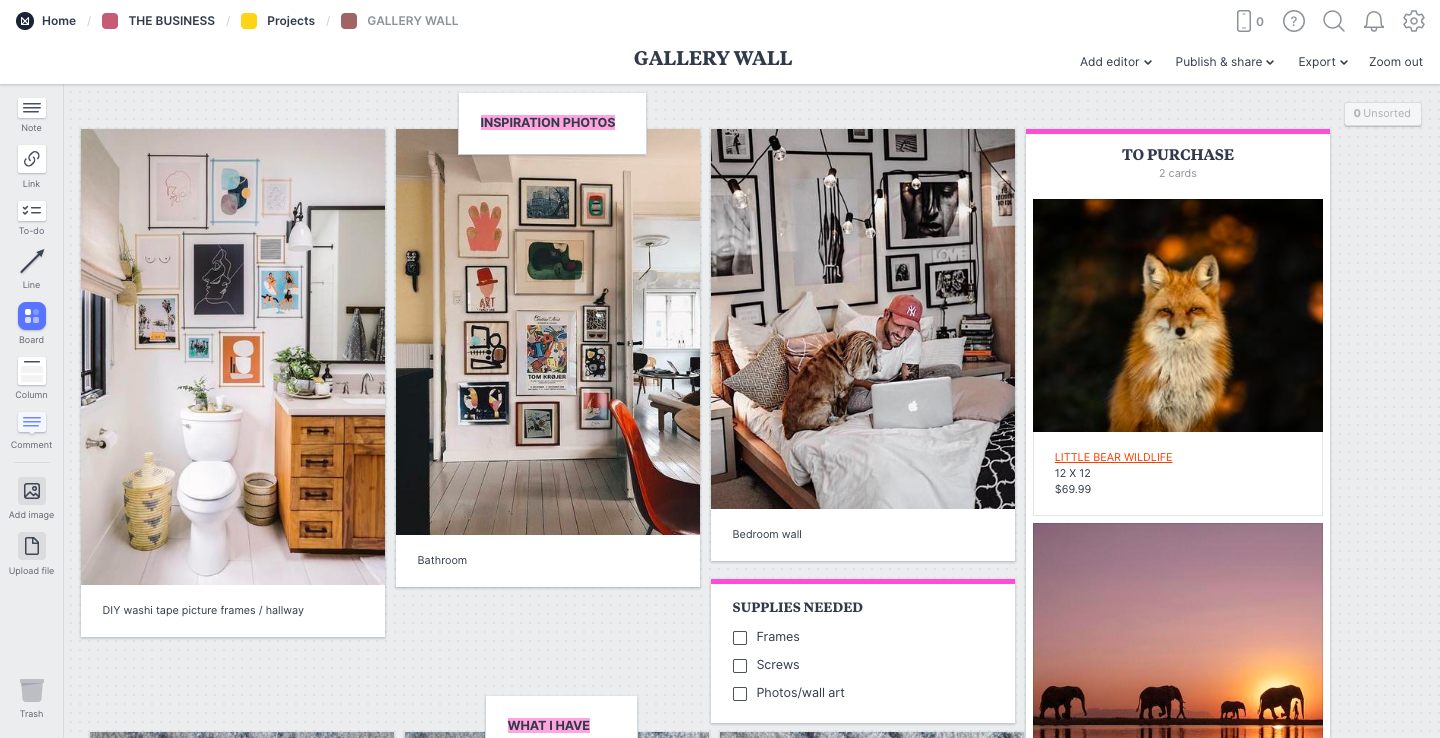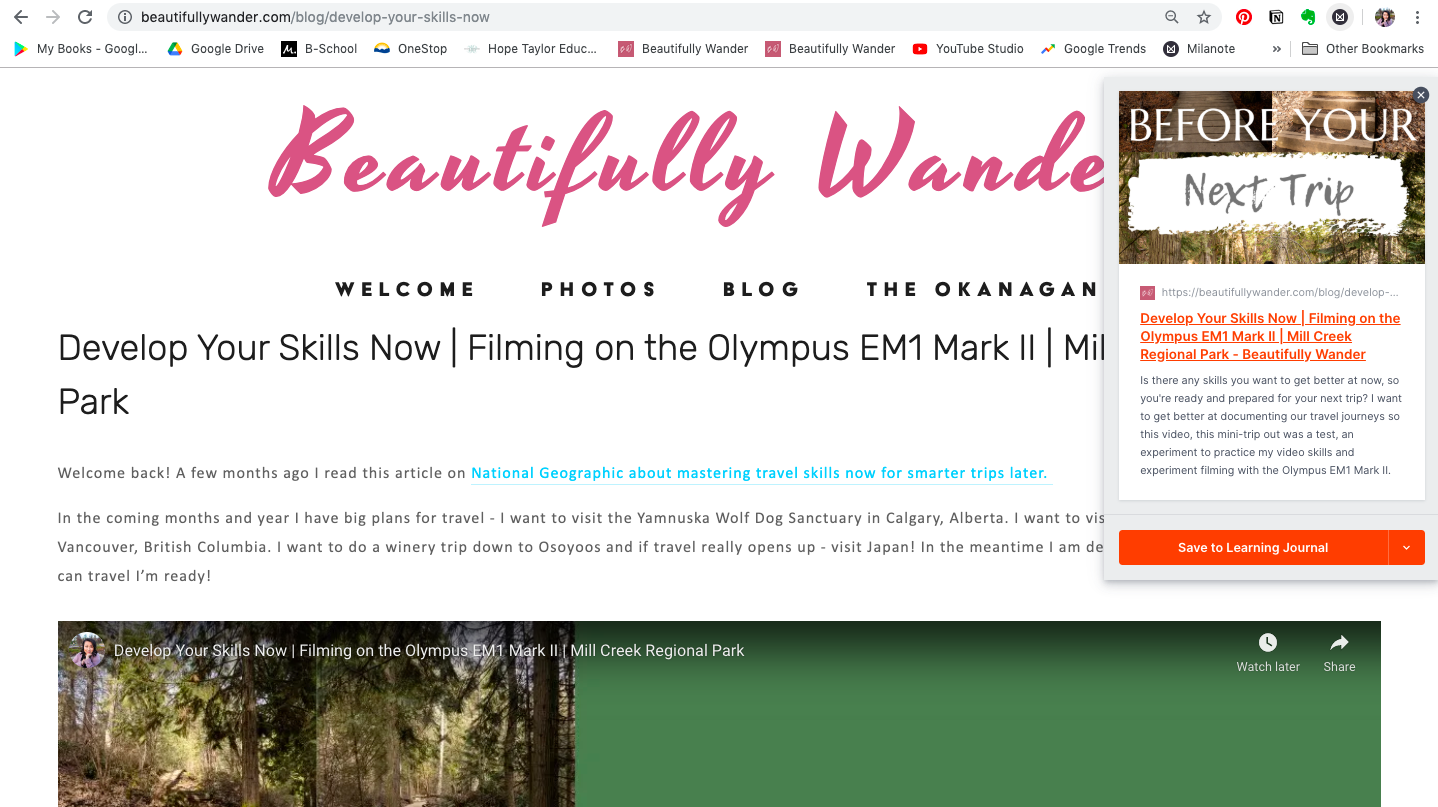I’ve been in love, obsessed and curious about wildlife photography. In particular, bird photography. In this video we’re going to chat about bird photography and 5 reasons on why I’ve been in love with it.
1. Birds are Incredibly Beautiful and Diverse
A couple weeks ago I photographed this beautiful European Starling. It had these incredible white speckles on its back, gold stripes lining its feathers, and this iridescent blue, green and purple colouring on its chest. In short, its plumage was spectacular.
Birds are also incredibly diverse! I’m always amazed when I visit different parks the different kinds of birds I see and the different kinds of DUCKS! Yes, they all belong to the “duck” family but they’re all different. The one on the left is a Common Merganser, the one in the middle is a Gadwall Duck, and the last one on the right is a Hooded Merganser.
2. It’s Incredibly Challenging
Birds are extremely challenging to photograph because they are fast and unpredictable. I find big birds like Osprey have been easier to predict their movement and flight pattern, however, small birds are crazy - they fly in every direction and don’t tend to perch for very long time. Thus, you have to be fast, silent and creative.
Big birds fly in a more set pattern.
Small birds like this are a little more unpredictable, unless they perch.
3. Extremely Fun
It’s fun pursuing different kinds of birds, exploring different marshes, wetlands and creeks that I previously wouldn’t have explored under landscape photography. It’s also fun to come home, edit the photos, and identify and learn more about them - what kind of bird they are, their gender, their behaviour, mating rituals, habits, etc.,
4. Birds Helped me Reconnect with Nature
Back in the winter I was feeling extremely uninspired to get outdoors and in nature. I knew I needed to just get outdoors so I went to the beach with my camera. At one moment I heard these Geese flying overhead and because the water was so calm they reflected in the water and something triggered in me to try out more bird photography so I went to a different beach later that week to photograph some more birds that didn’t travel south.
Since then I’ve been able to get outdoors again, birds in that moment helped me re-connect with nature.
5. Birds Introduced Me to the Broader World of Wildlife Photography
I have some pretty strong personal limiting beliefs when it comes to wildlife photography. I would tell myself that I couldn’t ever pursue wildlife photography because I didn’t know anything about them, I didn’t know their behaviours, I didn’t know where to find them, I didn’t know how to photograph them.
It wasn’t until I started going out for bird photography that those limiting beliefs started to crack, every time I go out I chip away at the wall that divides me.
Bird photography has started to give me permission to adventure into the world of wildlife photography.
Final Thoughts
I’ve been obsessed with birds…and other kinds of animals like Beavers. I’ve watched 101 nature documentaries on Netflix and Disney+. I’m in a wildlife, bird, animal photography zone.
If you’ve been loving bird photography leave a comment on the video on your reason why!













































































